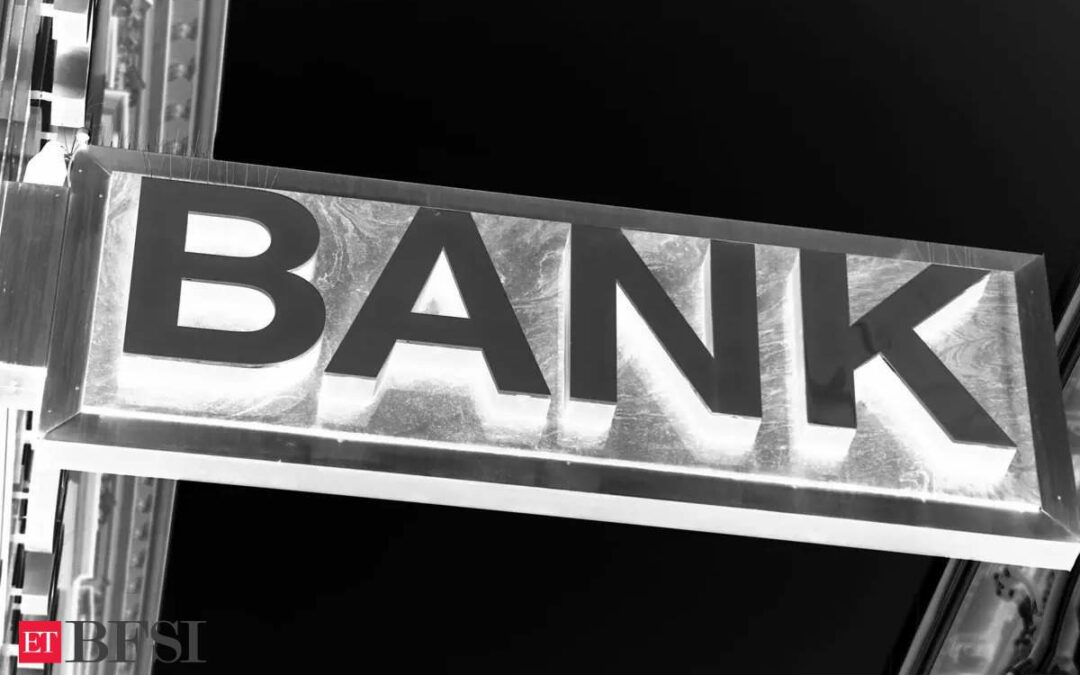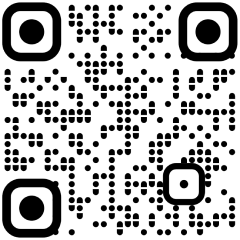Even as banks are pushing deposit growth to meet credit demand, the route has been a bit costly.Term deposits have grown faster than CASA deposits for many banks.
At the system level, the share of low cost CASA- Current and Savings Accounts – deposits have dipped 271 basis points ( one bps is 0.01 percent) bps year-on-year in Q4 of FY’2023-24 . This means that banks need to focus on CASA for improving margins as these are very cheap source of funds for banks compared to term deposits.
The dip in CASA ratio is sharper for private sector banks at 469 bps than public sector banks which saw CASA dipping by 179 bps, according to calculations by Caredge Ratings.
“ As deposit rates are growing, we can observe a shift within deposits, term deposits have seen a stronger growth compared to CASA, this has been one of the major concerns impacting cost of funds subsequently impacting NIM” said a report by Care ratings. Cost to Income ratio increased by 45 bps y-o-y to 49.2% in Q4FY24.
Data with brokerage firms show that rates on term deposits have gone up by 5 to 50 basis points. But banks offer a very minimal interest on CASA deposits which has been static for more than five years now. Though these deposits are less stable than term deposits, these often get rolled over at a very high speed and hence considered a durable source of funds.
In Q4’2023-24 r banks reported a robust rise in advances at 20.2% year-on-year (y-o-y) driven by merger of HDFC and HDFC Bank and personal loans. The corporate sector too saw a gradual pickup, aided by MSMEs.
But deposit growth at 13.3% y-o-y for the quarter continued to lag credit growth. Consequently, the Credit to Deposit (C/D) ratio stood at 80.01% as of March 31, 2024, expanding by 416 bps y-o-y, which calls for higher growth in lo deposits at lower cost which would be possible only by pushing for CASA.









